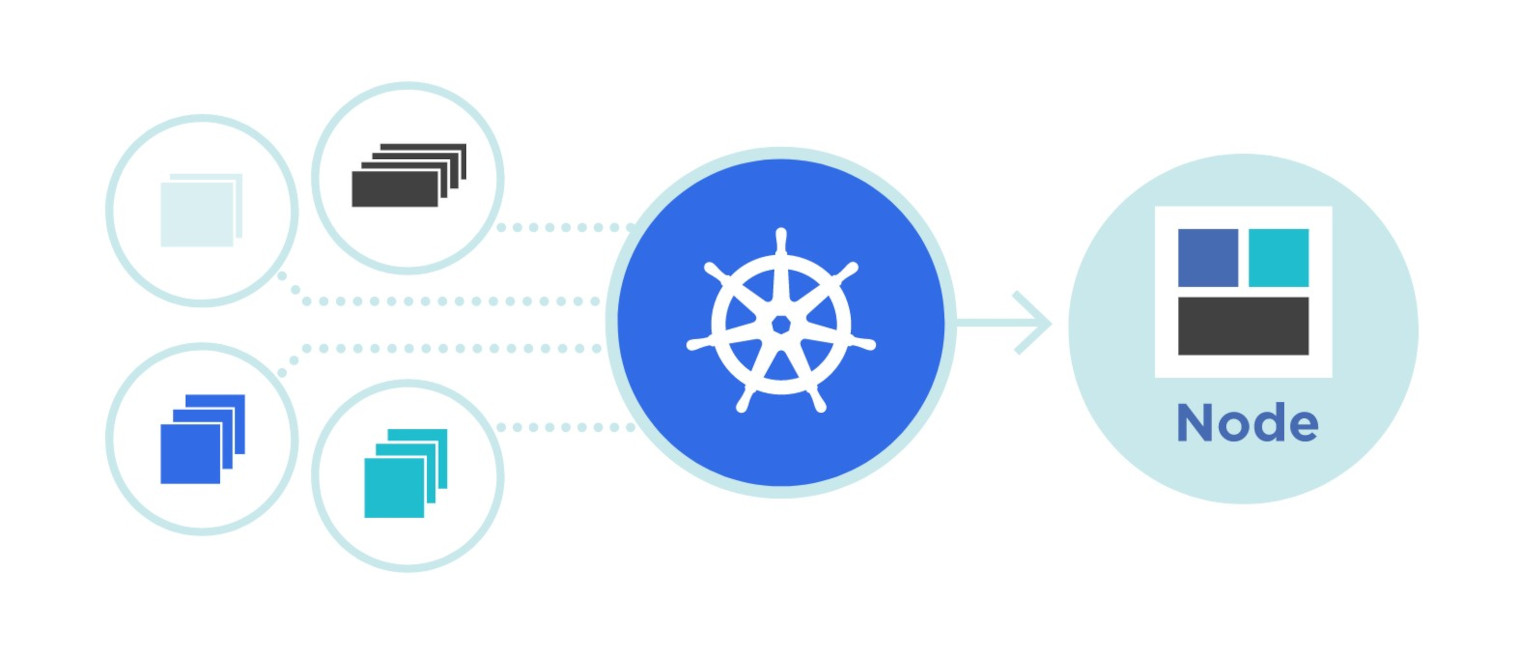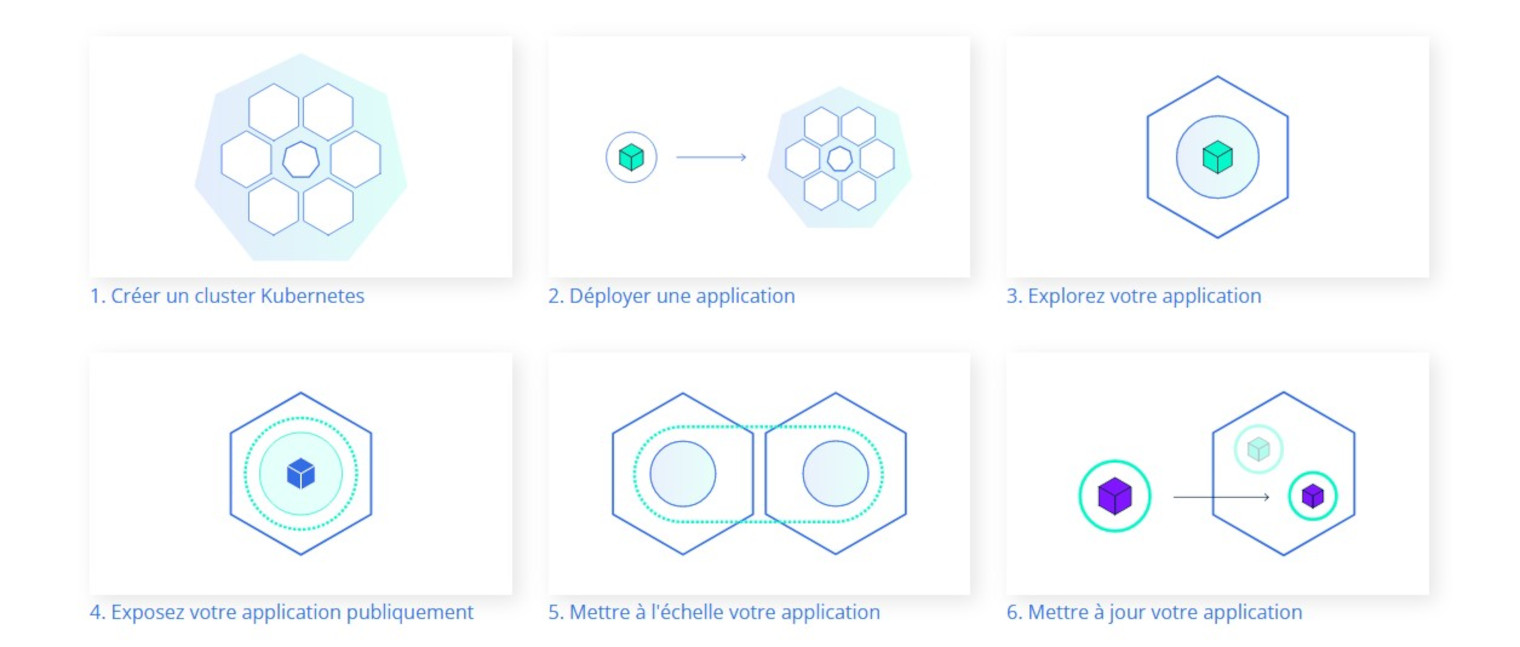Since the launch of Docker in 2013, software containers have become increasingly popular. These are independent “runtimes” that allow software or software components to be launched in isolation. However, distributed containerized applications are difficult to coordinate.
Fortunately, there are container orchestration platforms like Kubernetes. By making it easier to manage containerized applications, and to manage multiple containers simultaneously, these solutions are proving indispensable.
What is container orchestration?
Containers are similar to Virtual Machines in that they enable software to be separated from a computer’s operating system. However, they offer greater flexibility and are less complex to use.
Containers have rapidly gained in popularity, changing the way software is developed, deployed and maintained. In a containerized architecture, the various services making up an application are separated between different containers and deployed on a cluster of physical or virtual machines.
With the rise of containers has come the rise of container orchestration: tools for automating the deployment, management, scaling, networking and availability of container-based applications.
Among the most popular container orchestration tools is Kubernetes. This open-source project lets you deploy and manage multi-container applications.
Most of the time, Kubernetes is used in conjunction with the Docker containerization platform. However, it can work with any container system that complies with OCI (Open Container Initiative) standards for container image formats and runtimes.
Thanks to its open-source nature, Kubernetes can be used freely by anyone wishing to run containers. And the software is available on-premise or in the cloud.
Kubernetes was originally an in-house project launched by Google. Its ancestor is the Google Borg container management tool.
In 2014, Google decided to make Kubernetes open source. For good reason, the American giant was convinced that the rise of containers and microservices could attract new customers to its Cloud.
Today, Kubernetes is maintained by the Linux Foundation’s Cloud Native Computing Foundation. It is one of the main development tools for the Cloud Computing era.

What are the advantages of Kubernetes?
The growing popularity of Kubernetes is linked to its many advantages. It helps keep applications running smoothly, optimizing hardware resource allocation and offering maximum flexibility.
Developers can work more efficiently, with rapid access to the resources they need. What’s more, this tool makes better use of resources than Virtual Machines, since containers are very lightweight and require less memory and computing power.
Another advantage is that Kubernetes applications can be run on a hybrid cloud or within multi-cloud environments. This makes it possible to benefit from the advantages offered by different Clouds. It is compatible with Google Cloud, Amazon Web Services and Microsoft Azure, and can even run on-premises.
Cloud providers can manage Kubernetes on behalf of users. Services such as Amazon EKS, Google Cloud Kubernetes Engine, Azure Kubernetes Service, Red Hat OpenShift, IBM Cloud Kubernetes Service make it easy to enjoy the benefits of Kubernetes.
Kubernetes and DevOps
DevOps teams use a methodological approach to deliver new applications and functionalities quickly and efficiently. To achieve their goals, they generally rely on microservice architectures.
Containers align particularly well with the distributed nature of microservice architectures. They are ideally suited to agile development, reducing software release cycles from months to days.
Containers include everything needed to run an application, and are abstracted from the underlying infrastructure. DevOps teams can use them to build, test and run new applications or functionality without impacting other aspects of the application environment.
For operations, Kubernetes and containers simplify the deployment cycle by eliminating dependencies on technology stacks such as operating systems and middleware. This infrastructure independence facilitates management and automates deployment, scaling and resource allocation.
Kubernetes’ flexibility also simplifies application scaling, and makes development pipelines more resilient. This enables DevOps teams to enjoy the benefits of containerization, without being held back by management challenges.

Kubernetes and Data Engineering
In the Data domain, containers have also become a standard for moving projects into production. This technology makes it possible to reproduce data pipelines and Machine Learning models, and run them anywhere in the same way.
In this way, Kubernetes overcomes the challenges associated with container management. It also simplifies collaboration between Data Engineers and DevOps teams for deploying and monitoring Data Pipelines. Similarly, containers facilitate code sharing and collaboration between Data Engineers, Data Scientists and Data Analysts.
In the event of a data pipeline error on a Kubernetes cluster due to a lack of memory, Kubernetes makes it very easy to resolve the problem.
Another advantage of containerization is that all changes made to the code are documented, and it is always possible to revert to a previous version in the event of a problem.
As data volumes increase, Kubernetes makes it possible to extend workloads to multiple nodes. It’s very easy to install Dask or Spark on a compute cluster and distribute data processing across multiple nodes. Most Cloud providers offer autoscaling services.
Containerized workloads also simplify the transition between the development environment and production. In addition, iterations can be carried out more quickly to improve Data products progressively.
Why take a Kubernetes training course?
Over the last few years, thanks to the rise of containers in software development, Kubernetes has been massively adopted in the enterprise. According to the Cloud Native Computing Foundation’s annual survey conducted in 2020, 92% of enterprises use containers, and 83% use Kubernetes as an orchestration tool.
For this reason, taking a Kubernetes training course is a highly relevant choice for your career. Cloud computing is becoming increasingly popular, and Kubernetes is playing a major role in it.
Learning how to handle Kubernetes can help you get your first job in technology, move into a new position or retrain. While Kubernetes certification alone won’t land you a job, it is essential for many positions.
In addition to programming and software development, Kubernetes is also essential for DevOps engineers and data engineers. In the USA, 95% of DevOps professionals earned more than $75,000 in 2020. In Europe, 71% will have earned over $50,000 by 2020.

What is Kubernetes certification?
Since 2017, the Cloud Native Computing Foundation and the Linux Foundation have offered three main certifications for Kubernetes. A fourth associate-level certification aimed at beginners is also in development.
The CKAD Application Developer certification demonstrates that an engineer is able to design, build, configure and expose cloud-native applications for Kubernetes.
The CKA Kubernetes Administrator certification shows that the holder is capable of installing, configuring or managing Kubernetes clusters. The CKS Kubernetes Security Specialist certification demonstrates the skills required to secure containerized applications and Kubernetes platforms.
The exams for these certifications are tough, and require a great deal of preparation. The success rate is between 30% and 40%.
The test takes place online. Candidates must complete a list of Kubernetes administration tasks within two hours, using a command line. The cost of the exam alone is $375.
To learn how to master Kubernetes, you can choose DataScientest. Our Data Engineer training covers Kubernetes in the Automation and Deployment module, alongside Docker, Apache Airflow and the various APIs.
Other modules cover Python programming, databases, Data Science, Big Data and CI/CD. At the end of the course, you’ll have all the skills required to become a Data Engineer.
You’ll be able to understand an organization’s needs in terms of storage and computing architecture, build data acquisition and automatic processing pipelines, deploy and adapt Machine Learning models on production servers, and define a global Data strategy.
This course is accessible with a Bachelor in mathematics or a Master in science. It is entirely distance learning. Our Blended Learning approach combines individual coaching on our online platform, and collective Masterclasses.
You can follow the program as a Continuing Education student, or in intensive bootcamp mode. At the end of the course, you will receive a certificate issued by MINES ParisTech / PSL Executive Education as part of our partnership. Recognized by government and industry alike, 80% of our alumni have found immediate employment.
DataScientest also offers expert courses. If you’re already a Data Scientist, you can take the four-month Machine Learning Engineer course to learn how to put Machine Learning models into production. The “Collaborate” module covers Kubernetes, Docker and Flask.
Similarly, the Advanced Engineering course enables Data Scientists to acquire advanced notions of Python programming, to become independent in deploying and putting models into production, and to become experts in task automation.
All our training courses are eligible for funding options. Don’t wait any longer, and discover DataScientest’s training courses!
You know all about Kubernetes training. Discover our complete dossier on Data Quality and our dossier on the Apache AirFlow tool.










